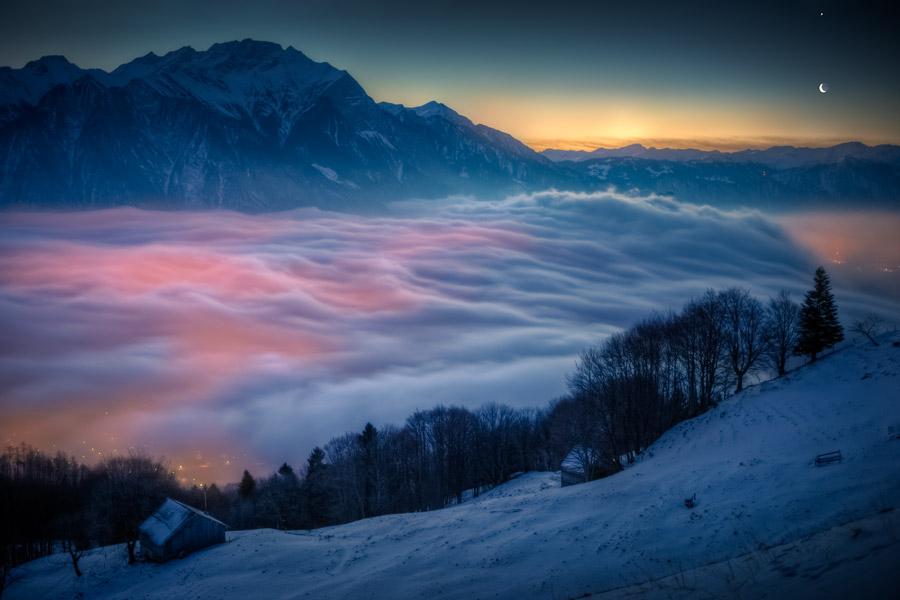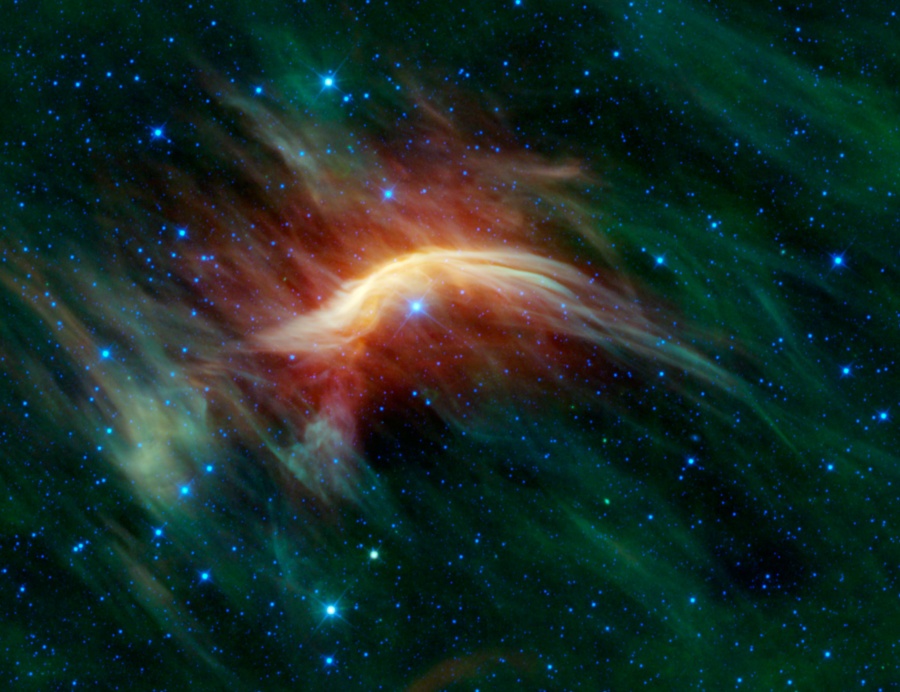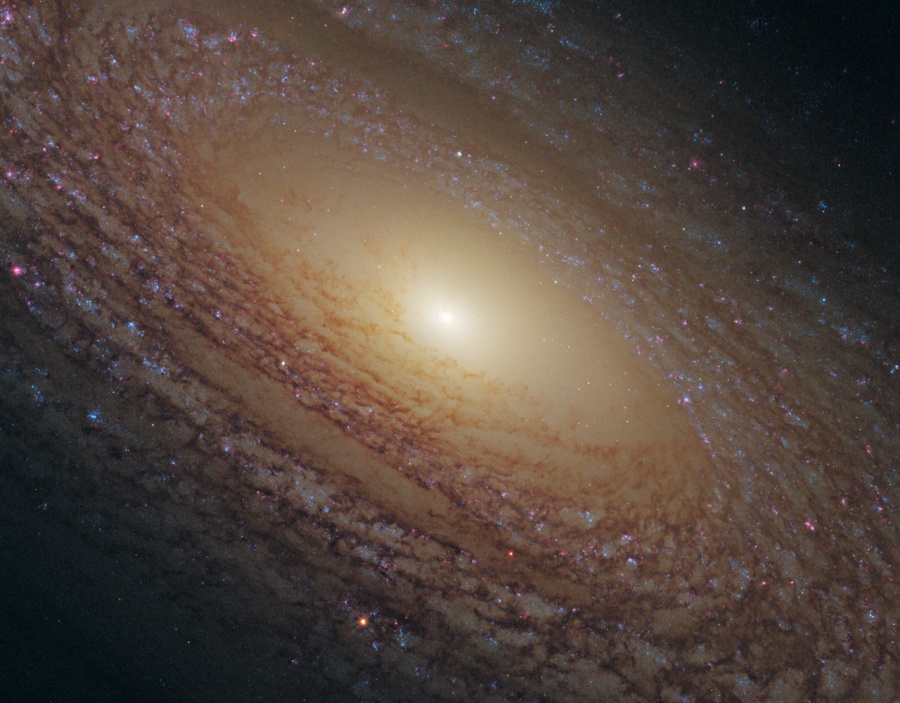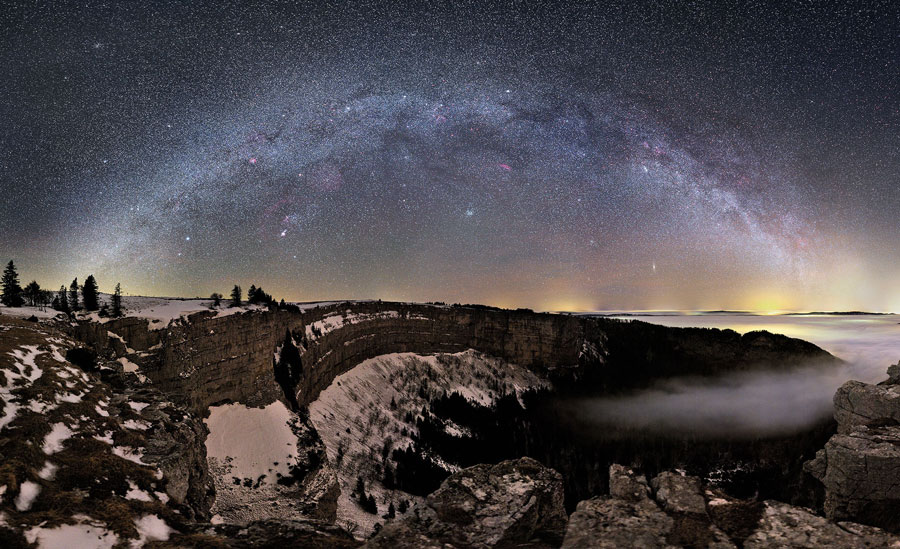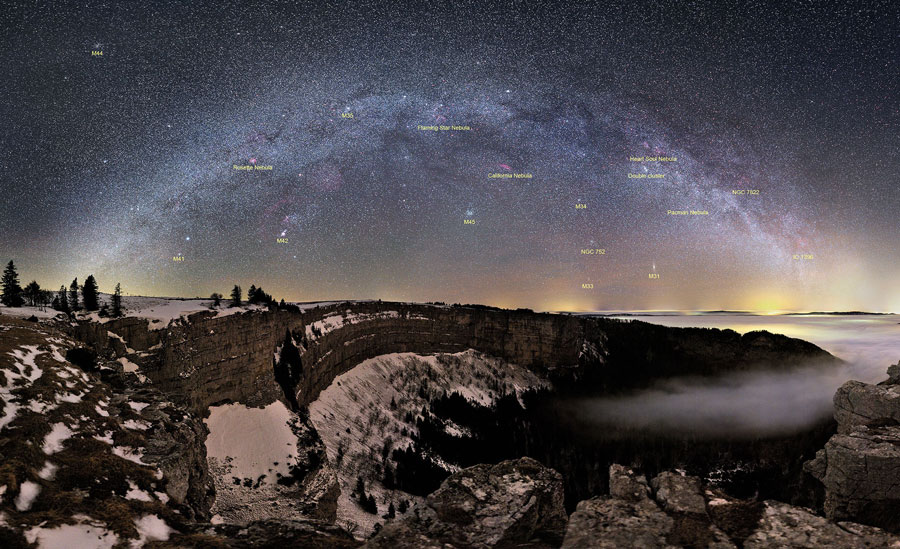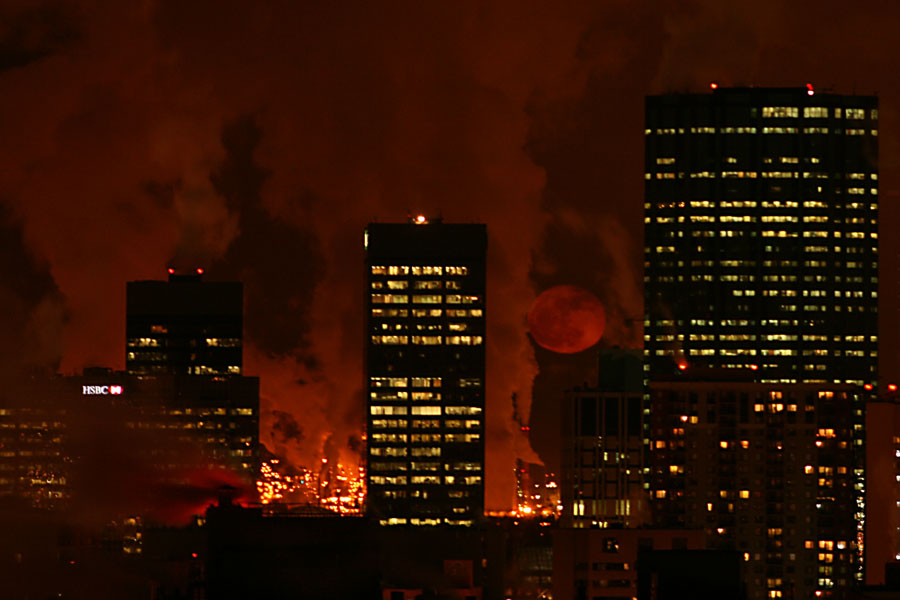Please vote for the two best APODs (image and text) for February. All titles are clickable and link to the original APOD page.
We ask for your help in choosing an APOM, as this helps Jerry and Robert create "year in APOD images" review lectures and a free PDF calendar at year's end, and provides feedback on which images and APODs were relatively well received.
We are very interested to know why you selected the APODs for which you voted; if you would like to tell us, please reply to this thread. Thank you!
Thank you!
_____________________________________________________________________
<- Previous month's poll
Sometimes a morning sky can be a combination of serene and surreal. Such a sky perhaps existed before sunrise this past Sunday as viewed from a snowy slope in eastern Switzerland. Quiet clouds blanket the above scene, lit from beneath by lights from the village of Trübbach. A snow covered mountain, Mittlerspitz, poses dramatically on the upper left, hovering over the small town of Balzers, Liechtenstein far below. Peaks from the Alps can be seen across the far right, just below the freshly rising Sun. Visible on the upper right are the crescent Moon and the bright planet Venus. Venus will remain in the morning sky all month, although it will likely not be found in such a photogenic setting. Like a ship plowing through cosmic seas, runaway star Zeta Ophiuchi produces the arcing interstellar bow wave or bow shock seen in this stunning infrared portrait from the WISE spacecraft. In the false-color view, bluish Zeta Oph, a star about 20 times more massive than the Sun, lies near the center of the frame, moving toward the top at 24 kilometers per second. Its strong stellar wind precedes it, compressing and heating the dusty interstellar material and shaping the curved shock front. Around it are clouds of relatively undisturbed material. What set this star in motion? Zeta Oph was likely once a member of a binary star system, its companion star was more massive and hence shorter lived. When the companion exploded as a supernova catastrophically losing mass, Zeta Oph was flung out of the system. About 460 light-years away, Zeta Oph is 65,000 times more luminous than the Sun and would be one of the brighter stars in the sky if it weren't surrounded by obscuring dust. The WISE image spans about 1.5 degrees or 12 light-years at the estimated distance of Zeta Ophiuchi. Hanny's Voorwerp, Dutch for "Hanny's Object", is enormous, about the size of our own Milky Way Galaxy. Glowing strongly in the greenish light produced by ionized oxygen atoms, the mysterious voorwerp is below spiral galaxy IC 2497 in this view from the Hubble Space Telescope. Both lie at a distance of some 650 million light-years in the faint constellation Leo Minor. In fact, the enormous green cloud is now suspected to be part of a tidal tail of material illuminated by a quasar inhabiting the center of IC 2497. Powered by a massive black hole, the quasar suddenly turned off, leaving only galaxy and glowing voorwerp visible in telescopes at optical wavelengths. The sharp Hubble image also resolves a star forming region in the voorwerp, seen in yellow on the side near IC 2497. That region was likely compressed by an outflow of gas driven from the galaxy's core. The remarkable mystery object was discovered by Dutch schoolteacher Hanny van Arkel in 2007 while participating online in the Galaxy Zoo project. Galaxy Zoo enlists the public to help classify galaxies found in the Sloan Digital Sky Survey, and more recently in deep Hubble imagery. A mere 46 million light-years distant, spiral galaxy NGC 2841 can be found in the northern constellation of Ursa Major. This sharp view of the gorgeous island universe shows off a striking yellow nucleus and galactic disk. Dust lanes, small, pink star-forming regions, and young blue star clusters are embedded in the patchy, tightly wound spiral arms. In contrast, many other spirals exhibit grand, sweeping arms with large star-forming regions. NGC 2841 has a diameter of over 150,000 light-years, even larger than our own Milky Way, but this close-up Hubble image spans about 34,000 light-years along the the galaxy's inner region. X-ray images suggest that resulting winds and stellar explosions create plumes of hot gas extending into a halo around NGC 2841.
What's visible in the night sky during this time of year? To help illustrate the answer, a beautiful land, cloud, and skyscape was captured earlier this month over Neuchâtel, Switzerland. Visible in the foreground were the snow covered cliffs of the amphitheater shaped Creux du Van, as well as distant trees, and town-lit clouds. Visible in the night sky (at midnight) were galaxies including the long arch of the central band of our Milky Way Galaxy, the Andromeda galaxy (M31), and the Triangulum galaxy (M33). Star clusters visible included NGC 752, M34, M35, M41, the double cluster, and the Beehive (M44). Nebulas visible included the Orion Nebula (M42), NGC 7822, IC 1396, the Rosette Nebula, the Flaming Star Nebula, the California Nebula, the Heart and Soul Nebulas, and the Pacman Nebula. Rolling your cursor over the above image will bring up labels for all of these. But the above wide angle sky image captured even more sky wonders. What other nebulas can you find in the above image?
What's hovering between those buildings? The Moon. The above image was taken two weeks ago as the full Snow Moon started to rise above Edmonton, Alberta, Canada. The odd coincidence between the angular size of the far distant Moon and the angular width of nearby buildings created a striking juxtaposition. Backing away from the buildings so to reduce their angular size was a key to planning the image. The temperature was so low, -25 C, that plumes of steam rose from neighboring oil refineries. The above image was taken during a momentary break in the plumes. The rising Moon appears red here for the same reason that a setting Sun appears red -- because blue light is preferentially scattered away by intervening air. In this case, the shimmering steam plumes likely also caused the Moon to appear slightly compressed. The next full moon, the full Worm Moon, will occur in mid-March.
<- Previous month's poll
